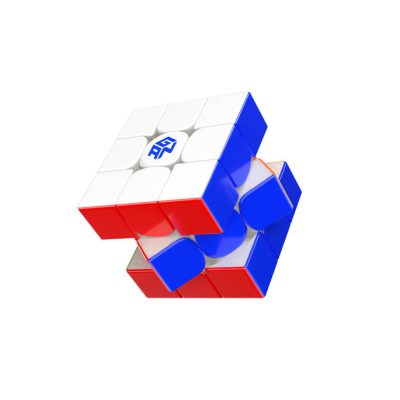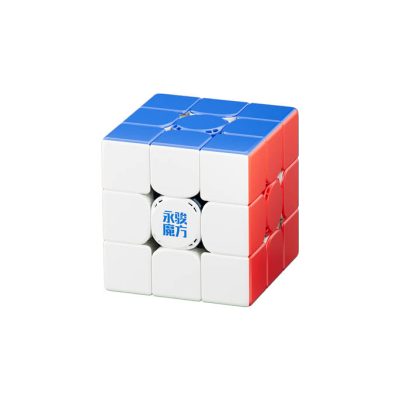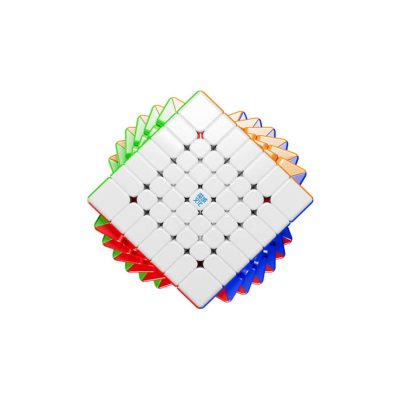-
 Dave Vinke
Dave Vinke
- Leestijd: 5 min
- Laatst geüpdatet: 15/09/2025
Modelbouw les geven aan beginners vraagt om de juiste voorbereiding, materialen en aanpak. Je hebt basisgereedschap nodig, een geschikte werkplek en eenvoudige projecten om mee te starten. Begin met simpele modellen, leg basistechnieken rustig uit en zorg voor een veilige werkomgeving. Geduld en positieve begeleiding helpen beginners om zelfvertrouwen op te bouwen en plezier te houden in modelbouw.
Wat heb je nodig om modelbouw les te geven aan beginners?
Voor modelbouw lessen aan beginners heb je basisgereedschap, geschikte materialen en een goed ingerichte werkplek nodig. Zorg voor voldoende verlichting, ventilatie en beschermende materialen. Een complete set gereedschap en verschillende modelbouwkits op beginnerniveau zijn onmisbaar voor succesvolle lessen.
Je werkplek moet ruim genoeg zijn voor alle deelnemers, met goede verlichting en ventilatie. Leg oude kranten of plastic folie neer om de tafel te beschermen tegen lijm en verf. Zorg dat iedereen genoeg ruimte heeft om comfortabel te werken zonder elkaar in de weg te zitten.
Voor gereedschap heb je nodig:
- Modelbouwmesjes met reservemesjes
- Verschillende formaten kniптangetjes
- Schuurpapier in verschillende korrelgroottes
- Pincetten voor kleine onderdelen
- Snijmatjes om de tafel te beschermen
- Verschillende penselen voor detailwerk
Veiligheid staat voorop bij modelbouw lessen. Zorg voor voldoende ventilatie bij het werken met lijm en verf. Leg uit hoe je veilig omgaat met scherpe gereedschappen en zorg dat iedereen weet waar de EHBO-doos staat. Houd altijd pleisters bij de hand voor kleine sneetjes.
Hoe begin je de eerste modelbouw les voor beginners?
Begin je eerste les met een kennismaking met materialen en gereedschap, gevolgd door uitleg van basistechnieken. Kies een eenvoudig project dat in één les afgemaakt kan worden. Laat iedereen eerst het gereedschap vasthouden en uitproberen voordat je met het echte werk begint.
Start met het uitpakken en bekijken van de modelbouwkit. Laat zien hoe onderdelen van de giettak gehaald worden en leg uit waarom je bepaalde gereedschappen gebruikt. Demonstreer technieken zoals schuren, lijmen en schilderen op een voorbeeldstuk voordat de deelnemers zelf beginnen.
Zorg voor een rustige sfeer waarin vragen gesteld mogen worden. Loop regelmatig rond om te kijken hoe het gaat en help waar nodig. Leg uit dat fouten maken normaal is en deel tips om veelgemaakte beginnersfoutjes te voorkomen.
Houd de eerste les kort, ongeveer 2-3 uur, om overbelasting te voorkomen. Plan regelmatige pauzes waarin deelnemers hun handen kunnen ontspannen en elkaars werk kunnen bekijken. Dit zorgt voor inspiratie en een gevoel van saamhorigheid.
Praktische tips voor de eerste les
Zorg dat alle materialen klaarliggen voordat de les begint. Maak zelf het project van tevoren, zodat je precies weet welke stappen lastig kunnen zijn. Bereid duidelijke uitleg voor over elke techniek die je gaat gebruiken.
Welke modelbouw projecten zijn het beste voor beginners?
Eenvoudige vliegtuigjes, auto’s of kleine figuren zijn ideaal voor beginners. Kies modellen met weinig onderdelen, duidelijke instructies en zonder ingewikkelde schildertechnieken. Het project moet in 2-4 uur afgemaakt kunnen worden om motivatie hoog te houden.
Goede beginnerprojecten hebben deze kenmerken:
- Maximum 20-30 onderdelen
- Grote, makkelijk hanteerbare stukken
- Duidelijke, gekleurde instructies
- Minimaal gebruik van kleine details
- Simpele kleurenschema’s
Vermijd modellen met veel kleine onderdelen, ingewikkelde schilderpatronen of modellen die speciale technieken vereisen. Ook modellen die meerdere dagen drogen nodig hebben zijn minder geschikt voor beginnerslessen.
Populaire keuzes voor eerste projecten zijn klassieke vliegtuigen zoals de Spitfire, eenvoudige auto’s of kleine militaire voertuigen. Deze modellen zijn herkenbaar, hebben meestal goede instructies en geven een mooi eindresultaat waar beginners trots op kunnen zijn.
Criteria voor projectselectie
Let bij het kiezen van projecten op de leeftijd van je deelnemers. Kinderen hebben vaak minder geduld en fijne motoriek, dus kies voor hen extra grote onderdelen. Volwassen beginners kunnen iets meer detail aan, maar houd het wel simpel voor de eerste keer.
Hoe motiveer je beginners tijdens modelbouw lessen?
Vier kleine successen, blijf positief en help geduldig bij frustraties. Laat zien dat fouten onderdeel zijn van het leerproces en deel je eigen ervaringen. Zorg voor afwisseling en pauzes om de concentratie hoog te houden.
Erken elke vooruitgang, hoe klein ook. Als iemand een onderdeel netjes van de giettak heeft gehaald of een mooie lijmnaad heeft gemaakt, geef dan een compliment. Dit bouwt zelfvertrouwen op en moedigt aan om door te gaan.
Wanneer iemand gefrustreerd raakt, neem dan de tijd om rustig te helpen. Laat zien dat je begrijpt dat het lastig is en deel verhalen over je eigen begintijd. Soms helpt het om even een stapje terug te doen en een makkelijker onderdeel te pakken.
Zorg voor afwisseling in de les door verschillende technieken te laten oefenen. Als iemand moe wordt van lijmen, laat hem dan even schuren of schilderen. Wissel concentratie-intensieve taken af met meer ontspannen activiteiten.
Maak foto’s van het werkproces en het eindresultaat. Beginners zijn vaak kritisch over hun eigen werk, maar foto’s laten zien hoeveel ze daadwerkelijk hebben geleerd en gemaakt. Dit geeft een boost aan het zelfvertrouwen.
Omgaan met verschillende leerstijlen
Sommige mensen leren door te kijken, anderen door te doen. Combineer demonstraties met hands-on oefening. Leg uit wat je doet terwijl je het voordoet, en laat deelnemers daarna zelf proberen met jouw begeleiding.
Waar vind je de beste modelbouw materialen voor je lessen?
Kwaliteit en betrouwbaarheid zijn belangrijk bij het kiezen van modelbouw materialen voor lessen. Je hebt leveranciers nodig die consistent goede producten leveren, snelle verzending bieden en begrijpelijke instructies bij hun kits hebben.
Bij ons vind je een uitgebreid assortiment modelbouw producten die perfect geschikt zijn voor beginnerslessen. We hebben speciaal geselecteerde kits voor verschillende niveaus, van heel eenvoudig tot meer uitdagend. Onze producten komen van betrouwbare merken met duidelijke instructies.
Voor workshops en groepslessen bieden we aantrekkelijke kortingen bij meerdere artikelen. Je kunt meer informatie vinden over onze kortingen en hoe deze automatisch worden toegepast bij je bestelling. Dit maakt het betaalbaar om voor een hele groep materialen in te kopen.
We zorgen voor snelle levering, vaak nog dezelfde dag verzonden bij bestellingen voor 23:30. Dit is handig als je last-minute nog extra materialen nodig hebt voor je lessen. Onze klantenservice helpt graag bij het kiezen van geschikte producten voor je specifieke groep.
Naast modelbouwkits hebben we ook alle benodigde gereedschappen, lijmen, verven en accessoires. Zo kun je alles op één plek bestellen en ben je zeker dat alle materialen goed op elkaar afstemmen. Voor beginnerslessen raden we aan om starterpakketten te kiezen die alles bevatten wat nodig is.
Frequently Asked Questions
Hoe lang duurt het voordat beginners hun eerste model afgemaakt hebben?
Een eerste eenvoudig model kan meestal in 2-4 uur worden afgemaakt, afhankelijk van de complexiteit en het tempo van de deelnemer. Plan altijd wat extra tijd in voor uitleg en hulp bij lastige onderdelen. Voor kinderen rekent u beter op 3-4 uur omdat zij meer begeleiding nodig hebben.
Wat doe je als een deelnemer het te moeilijk vindt en wil stoppen?
Ga terug naar een eenvoudiger onderdeel waar ze wel succesvol mee kunnen zijn. Bied aan om samen een stap te doen of laat ze even kijken bij anderen. Soms helpt het om een korte pauze te nemen en daarna met frisse moed verder te gaan. Forceer nooit - behoud het plezier.
Hoeveel deelnemers kun je maximaal begeleiden in één modelbouw les?
Voor beginners is 6-8 deelnemers het maximum dat één instructeur goed kan begeleiden. Bij meer deelnemers krijgt niet iedereen voldoende persoonlijke aandacht. Voor kinderen onder de 12 jaar adviseren we maximaal 4-5 deelnemers per begeleider.
Welke veelgemaakte fouten moet ik helpen voorkomen bij beginners?
De meest voorkomende fouten zijn: te veel lijm gebruiken waardoor onderdelen vastplakken aan de tafel, onderdelen verkeerd om monteren, en te hard schuren waardoor details verdwijnen. Demonstreer deze technieken altijd eerst en controleer regelmatig het werk van beginners.
Hoe bereid ik mezelf voor op onverwachte vragen over technieken?
Maak elk project zelf van tevoren en noteer alle stappen en mogelijke problemen. Kijk online naar veelgestelde vragen over het specifieke model. Heb altijd een reservemodel bij de hand om technieken opnieuw te kunnen demonstreren als dat nodig is.
Wat is de beste manier om een modelbouw cursus van meerdere lessen op te bouwen?
Begin met een zeer eenvoudig project in les 1, introduceer nieuwe technieken geleidelijk in elke volgende les. Bouw complexiteit langzaam op: van lijmen naar schuren, dan schilderen en ten slotte detaillering. Plan 4-6 lessen voor een complete beginnerscursus.
Table of contents
Much viewed
More blogs
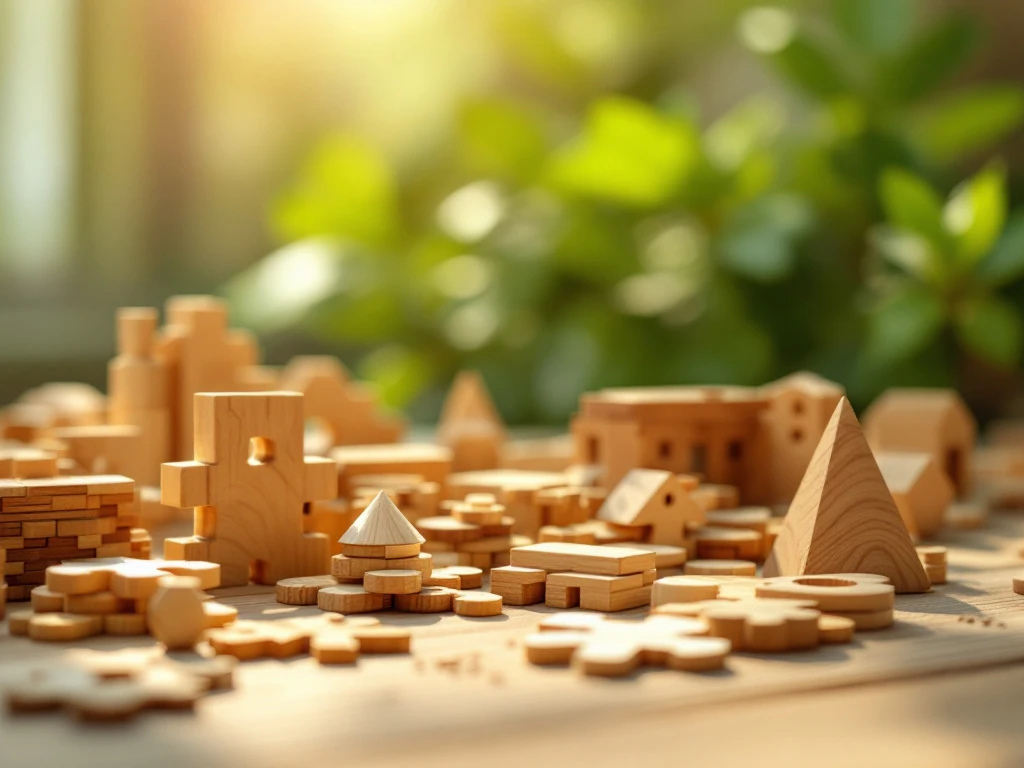
Are their wooden building kits sustainable?

Which wooden building kits develop problem-solving skills?
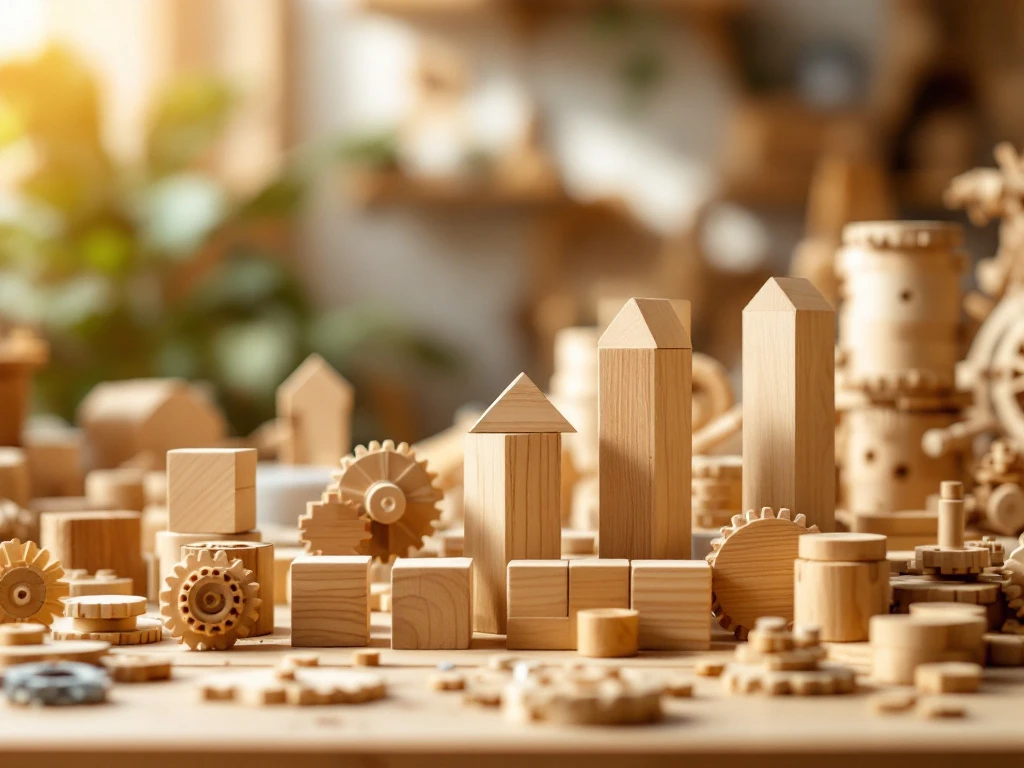
Are there wooden building kits for different ages?

